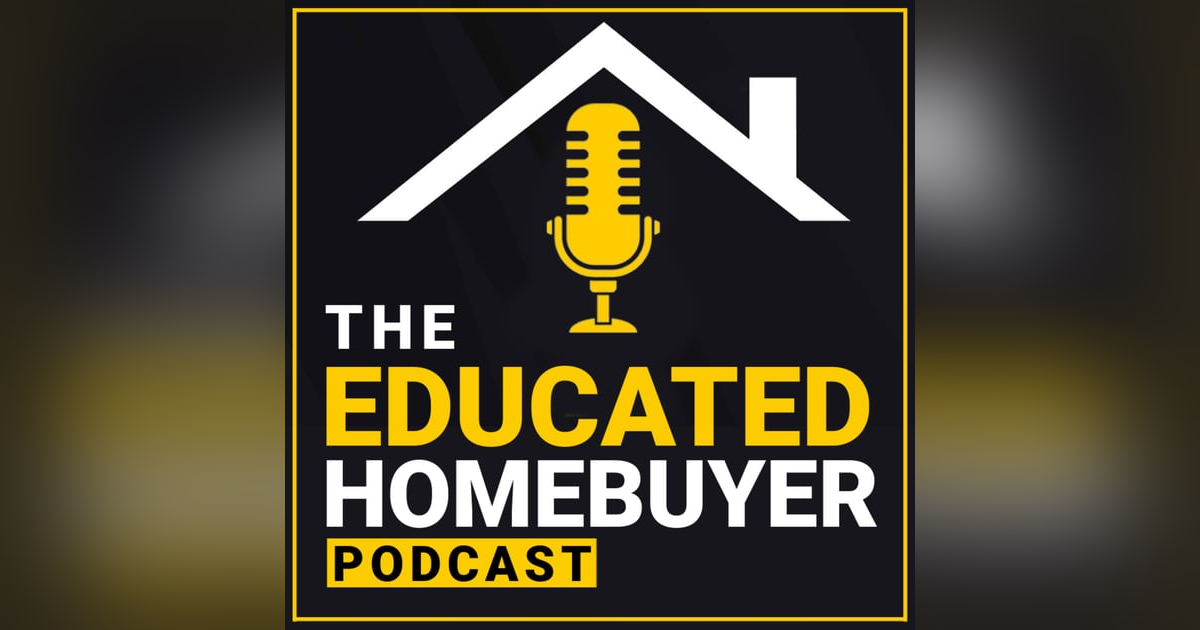FHA Loans in 2025: Path to Homeownership or Hidden Trap?

FHA Loans in 20245 Path to Homeownership or Hidden Trap?
Is an FHA loan your best shot at buying a home—or a financial trap in disguise? If you're a first-time homebuyer, chances are you've seen FHA loans touted as the golden ticket: low down payment, easier credit requirements, and better interest rates. But with so much noise—and a lot of misinformation—out there, how do you know if it’s actually the right move for you?
In this guide, we break down everything you need to know about FHA loans in 2025. No fluff. No scare tactics. Just the truth, backed by real numbers.
🎥 Watch the Full Breakdown
👉 Click above to watch the full episode. Then keep reading for a detailed blog breakdown packed with all the info you need to make a smart decision.
What is an FHA Loan?
Contrary to popular belief, the Federal Housing Administration (FHA) doesn't lend money. Instead, it insures loans issued by approved lenders. That insurance reduces risk for lenders, enabling them to offer more lenient terms, such as:
- Lower credit score requirements
- Down payments as low as 3.5%
- Higher allowable debt-to-income ratios
- Competitive interest rates
But while these features sound attractive, they come with trade-offs—especially in the form of mortgage insurance.
FHA Credit Score & Down Payment Requirements: The Real Story
The official FHA guideline says you can qualify with a credit score as low as 580 with a 3.5% down payment—or even 500 with a 10% down payment. That’s technically true.
But here’s the real-world catch:
- Most lenders won’t go below 620, even if FHA says they can.
- If you get below 640 (especially under 620), your odds of getting automated approval drop significantly.
- You may require a manual underwrite, which comes with stricter debt-to-income limits and more documentation.
- You’ll pay a much higher interest rate the lower your score is.
Pro Tip: Find a broker (not just a bank) who can shop multiple investors if your credit is under 640. It could make or break your approval.
The FHA Mortgage Insurance Myth
Mortgage insurance (MI) is the #1 reason people shy away from FHA loans. But is it as bad as it seems?
Here’s what you actually pay with FHA:
- Upfront MI Premium: 1.75% of the loan amount (financed into your loan)
- Monthly MI: 0.55% (standard loans) to 0.75% (high-balance loans)
Yes, the MI is permanent—unless you put 10% down or refinance later. But here’s why that might not matter:
- Most first-time buyers refinance or move within 5–7 years.
- FHA MI doesn’t vary by credit score—unlike conventional loans.
- With lower credit, FHA’s MI is often cheaper than private mortgage insurance (PMI) on a conventional loan.
Effective Rate Example: If FHA rates are 6.5% and you add 0.55% MI, your effective rate is 7.05%. If you go conventional at 7% but have a 0.9% PMI rate due to lower credit, your effective rate jumps to 7.9%. The numbers don’t lie.
Debt-to-Income Ratios: FHA’s Biggest Flex
FHA allows you to stretch your income further than most loan types:
- 47% front-end ratio: Housing expenses (PITI + HOA)
- 57% back-end ratio: Total debts (credit cards, car loans, student loans, etc.)
But these generous ratios only apply if you get automated underwriting approval. If your file gets downgraded to manual, expect these tighter limits:
- 31% front-end / 43% back-end—standard
- Up to 40/50% with strong compensating factors
📥 Ready to Run Your FHA vs. Conventional Numbers?
Click here to speak with Josh and the team and get your personalized loan comparison. Make decisions with clarity—not pressure.


